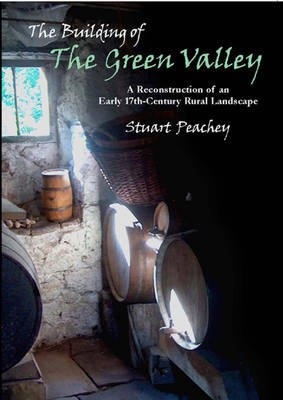The person who gave the tour, Vicar Stephen T. Ayres, has since responded here and I was right about the Palin entourage being very similar to the average tourist, “They didn't strike me as very different from the 500,000 other visitors we see each year” and even the vicar himself wonders, “Perhaps it was too much information in too short a period of time to digest properly.”
The average citizen/tourist gets their history from a variety of sources: schooling when they are young, stories they heard growing up, media portrayals (books, news, event cartoons) and, if we are lucky, visits to historic sites where they hear from trained tour guides or enthusiastic volunteers. But the average person can only absorb so much information at a time. Add to that the fact that while that information is being absorbed, it is being processed into what the person already knows, it is being fit into a larger narrative constructed over a lifetime. When talking to the public in Living History settings I often worry about how much of what I am saying will be heard the way I mean it to be heard.
What can we do about this? Those of us who want to educate the public, and hope to better people’s understanding of life in different times and places? We can keep our narratives simple, we can mention the myths and the well known facts, and most importantly (in my opinion) we can ask questions. While most folks might be embarrassed to be asked to give a history lesson before we start our own, we can ask specific questions, ask what the visitors are interested in, ask for their own list of facts, then we can fit our talk in around those points, and into their current narrative, into the vocab words they have absorbed at various points in their lives. Hopefully in the process we will improve the accuracy and deepen the understanding of everyone we talk to.

